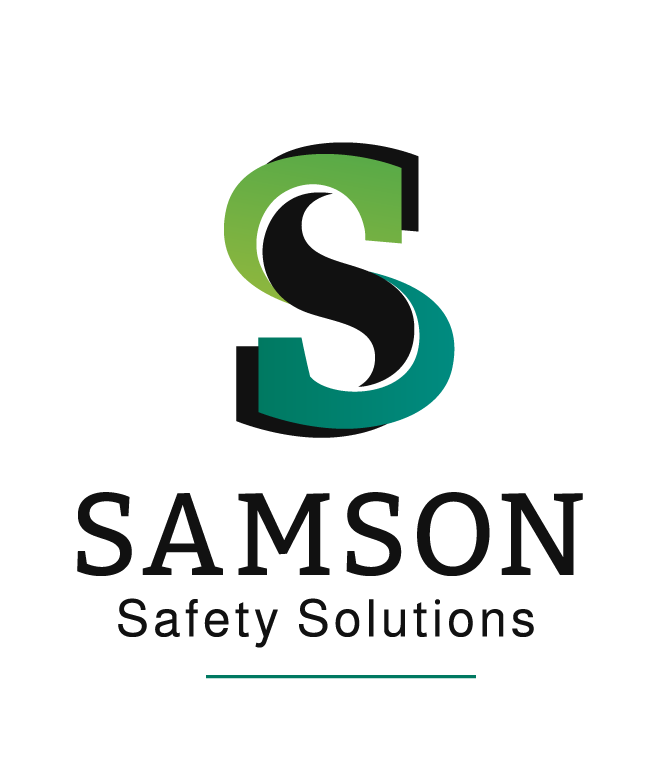Transformative Safety Culture?
How do SME owners build a robust safety culture?
Transformative Safety Culture
How do SME owners build a robust safety culture?
Picture this
A workplace where every employee feels secure, valued, and confident in their surroundings. As a small or medium business owner, cultivating a safety culture within your organization not only ensures the well-being of your team but also contributes to increased productivity, employee satisfaction, and overall business success. In this blog post, we’ll explore the intricacies of creating and improving the safety culture in your business, covering everything from the moral and legal aspects to effective communication and employee engagement.
These are the steps to help you achieve a positive safety culture for your team
1. Understanding the Why: Communicating Your Purpose: To build a strong safety culture, start by communicating your “why.” Employees are more likely to embrace safety practices when they understand the moral imperative behind it. Share personal experiences or case studies of businesses that have benefited from a robust safety culture. This creates a sense of shared responsibility and helps everyone understand the importance of prioritizing safety.
2. Moral, Legal, and Economic Implications: Delve into the moral, legal, and economic consequences of neglecting safety in the workplace. Share statistics or examples that highlight the potential risks and liabilities associated with accidents or non-compliance. Emphasize how a commitment to safety is not just about avoiding legal trouble but also about ethical responsibility and long-term economic sustainability.
3. Internal and External Factors Influencing Safety: Explore internal and external factors that influence safety within your organization. Discuss how company values, leadership commitment, and employee attitudes impact the internal safety culture. Externally, consider industry standards, regulatory requirements, and societal expectations. Recognizing and addressing these factors will help create a holistic approach to safety.
4. Managing Change: A Vital Component: Implementing a safety culture often involves change. Address the challenges of managing this change, including resistance from employees or disruptions to established workflows. Share success stories of businesses that navigated these challenges effectively and emphasize the importance of a phased and inclusive approach to change management
5. Effective Communication: Key to Success: Communication is at the heart of any successful safety culture. Discuss strategies for effective communication, including regular toolbox talks, clear risk assessments, and transparent reporting mechanisms. Highlight the role of leadership in fostering an open dialogue and creating an environment where employees feel comfortable reporting safety concerns without fear of reprisal.
6. Competence and Training: Encourage employee representation in safety committees and decision-making processes. Share examples of businesses where employees actively participate in shaping safety policies and practices. This not only boosts engagement but also brings diverse perspectives to the table, leading to more comprehensive safety measures.
7. Employee Representation and Engagement: A safe and healthy work environment promotes productivity. When employees feel safe in their jobs, they are more likely to concentrate on their tasks, resulting in increased efficiency and productivity.
8. Compliance with Legislation and Enforcement Agencies: Highlight the importance of compliance with local safety legislation and regulations. Discuss how staying ahead of legal requirements not only protects your business from penalties but also demonstrates your commitment to the well-being of your employees. Showcase successful businesses that go above and beyond basic compliance.
9. Contract Management and Overlapping Duties: For businesses with overlapping duties or those engaging in contracts, stress the need for clear communication and collaboration. Discuss how establishing safety protocols with partner organizations can create a seamless and secure working environment for everyone involved.
10. Accident and Incident Reporting: Learning from Mistakes: Foster a culture where reporting accidents or incidents is seen as a learning opportunity, not as a blame game. Share examples of businesses that use incident reports to identify weaknesses in their safety systems, leading to continuous improvement and a
proactive approach to preventing future incidents.
11. Well-Being Considerations: Lastly, emphasize the importance of considering employee well-being beyond just physical safety. Discuss mental health support, ergonomic considerations, and initiatives that promote a holistic approach to wellness within the workplace.
In Summary
Building and improving a safety culture in your small or medium business is a multifaceted journey that involves commitment, communication, and collaboration. By understanding the moral, legal, and economic implications, addressing internal and external factors, managing change effectively, and prioritizing communication, competence, and employee engagement, you can create a workplace where safety is not just a requirement but a shared value.
Remember, investing in a strong safety culture is an investment in the long-term success and well-being of your business and its most valuable asset – your employees. Start today and watch your business thrive in a secure and supportive environment.

Book a review today


Free Health & Safety Review
Review includes an overview of your current systems and suggestions for improvement.

